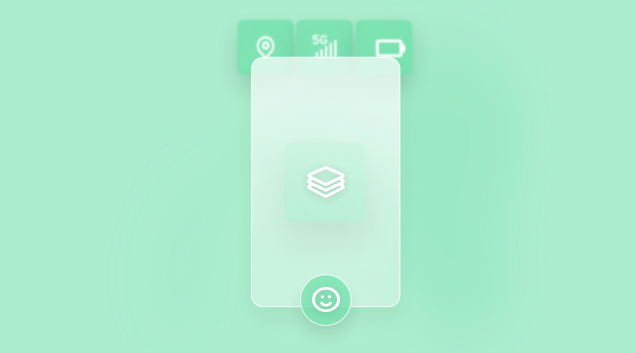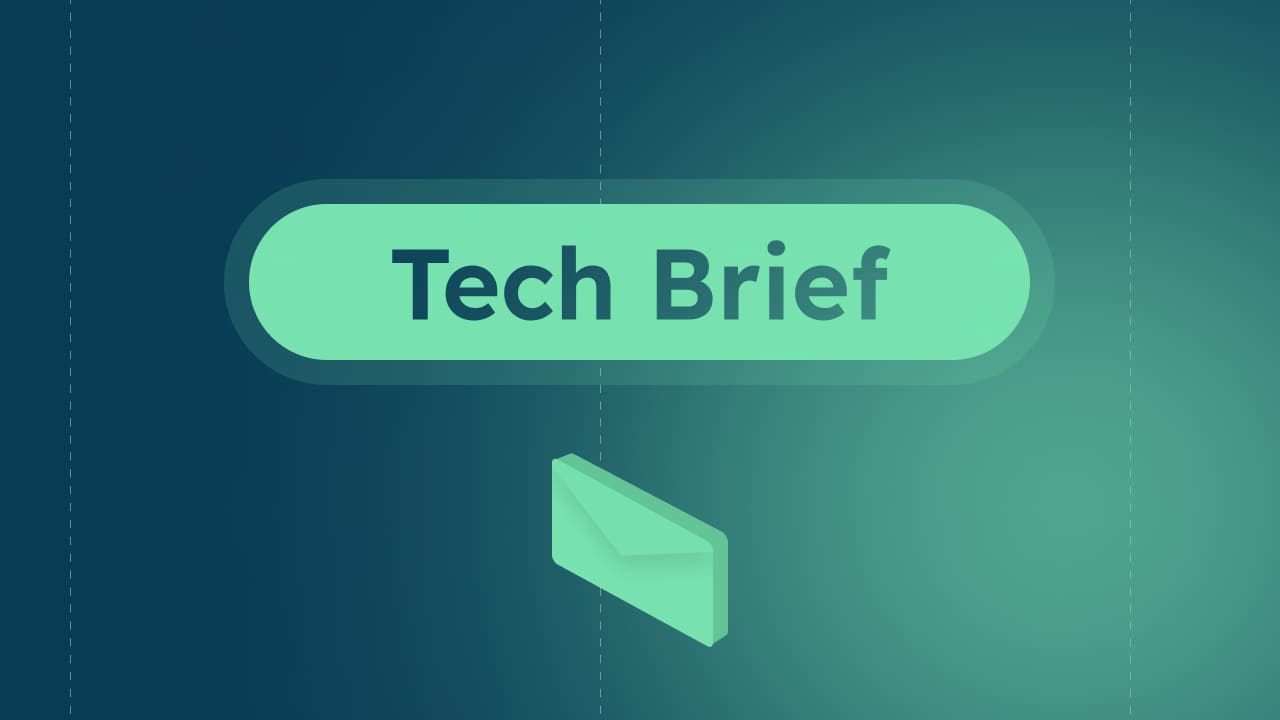Introduction
The future of the automotive industry is emerging as the number of connected vehicles increases. Using data from connected vehicles brings a range of opportunities for service providers, including predictive maintenance, connected assistance and real-time communication between vehicles and road infrastructure.
Many industries, including motor insurance, will gradually evolve. Several insurers are already alert to the opportunities and benefits offered by connected vehicles. For example, AXA,s predicts a "coming revolution in car insurance", leading to the democratization of connected car insurance.
These promises suggest that the connected vehicle is the only way to improve risk measurement. It will make other technologies obsolete. However, a single technology can hardly meet the needs of insurers and their customers.
Therefore, this article compares the connected vehicle and the smartphone in terms of the key factors that make for the success of connected insurance: the ability to reach a wide audience, the access to data, the measurement of indicators that can be correlated with road risk, and the possibility to launch prevention programs.
The aim is to highlight the advantages and limitations of each technology. Insurers will then have all the information they need to choose the most appropriate technology for offering connected motor insurance.
Renewal of the vehicle fleet
According to the most recent estimates, connected vehicles represented 29% of the global fleet in 2021, and around 24% of the European fleet. Connected vehicles are thus only a tiny part of the worldwide fleet.
Given the rate of adoption of connected vehicles, their proportion will not increase significantly before 2030. According to McKinsey, this is when almost all new vehicles will be connected. Consequently, the outlook for a 100% connected European fleet is a long way off. Especially when you consider that the average age of a private vehicle in the European Union is around 12 years.
So what can insurers do to modernize their insurance products? Should they wait until 2030 or 2040 to offer connected insurance products? And what about new assistance or prevention services? Some insurers have already found the solution and begun their transition. They are modernizing their insurance offerings using smartphone telematics.
The smartphone is a toolbox that provides access to data comparable to that of the connected vehicle: speed, headings, and GPS coordinates.
However, smartphone telematics differs in several ways:
-
It is a mature technology deployed by dozens of insurers, in North America and Europe.
-
It is a universal technology that enables all motorists, whether they own old or new vehicles, to benefit from connected products and services.
-
It's a technology that measures all forms of mobility (car, bike, tram, bus, etc.).
Therefore, insurers seeking to launch a connected program have a powerful, value-generating tool in their hands. By offering connected products and services from now on, insurers will gain data maturity more quickly. It will facilitate the upcoming transition to new insurance models based on usage or behavior.
Standardization and cost of data
Connected vehicles are equipped with hundreds of sensors designed to analyze their environment and movements. Some of the data collected can be used to evaluate road risk. These include speed, location, acceleration sensors, and tire pressure. Other data, such as fuel consumption or the wear and tear of certain components (brakes, tyres), can be used to improve car maintenance.
The data collected and stored by manufacturers does not yet incorporate standards to ensure that the parties involved in the value chain can access and use the data seamlessly. Every car manufacturer has a data management system designed to optimise its services. However, these systems are not intended to be accessible to other stakeholders.
As a result, insurers wishing to exploit data from connected cars are faced with two major challenges: data standardization and the cost of accessing the data. Although intermediaries are offering solutions for data standardization and distribution, cost remains a barrier.
Beyond these two issues, the emergence of a framework for data standardization in connected vehicles is hard to foresee given the wide legal disparities between countries. So what can be done? Once again, smartphone telematics appears to be the solution to overcome these difficulties. First of all, the phone's sensors collect data that is just as rich as data from connected vehicles:
-
speed
-
heading
-
elevation
-
coordinates
Secondly, the data collected by the phone is accurate enough to establish a driver's level of risk, based on the following indicators:
-
driving behaviour assessment: safety, eco-driving, and distraction
-
detection of critical events: hardacceleration, sudden braking, use of the phone while driving, and collisions.
-
analysis of the road context and driver habits
-
estimating fuel consumption, CO2 emissions, and tire or brake wear.
In addition, the telephone provides two levels of risk measurement:
-
risk assessment of the insured vehicle
-
risk assessment of the driver who drives the insured vehicle (and potentially other vehicles).
To sum up, here are the words of a Belgian sales manager who has launched a connected insurance product based on smartphone telematics:
“Today, I know virtually nothing about the driving behavior of my policyholders: Nothing!. If the use of this smartphone technology allows me to know 90% of their driving behavior, that will be 90% more than I know today. If I can increase this to 100% with a black box, it will provide only a little more insight while it will cost much more. So, we are not looking for the technically perfect measurement. And that is the reason we went for the smart-phone sensor data”.
Measuring driver behavior to assess risk
Data from smartphones and connected vehicles provides information that can rebalance the information asymmetry that characterizes the insurer-policyholder relationship. These two technologies provide similar factual indicators, such as driving time, distance traveled, and vehicle dynamics.
However, the smartphone collects certain parameters linked to the risk of accidents that connected vehicles don't, such as distracted driving caused by phone use while driving.
By measuring several indicators such as the screen state, orientation changes or the active audio channel, the smartphone identifies different forms of distraction, such as :
-
reading a message
-
making a call or answering an incoming call.
It is a critical indicator since the French road safety authority estimates that reading a message while driving increases the risk of an accident by 23.
As of today, no vehicle can detect or measure the use of a telephone at the wheel. Smartphone telematics uses the object at the origin of the distraction to better assess and counter it by raising driver awareness.
Prevention and driver coaching
The smartphone is not just a mobility sensor, it is also, and above all, a simple and direct means of engaging the driver.
Currently, connected vehicles allow limited interactions with drivers. The level of risk can therefore be reduced by turning on assisted or delegated driving modes. However, feedback is not provided to the policyholder. The connected vehicle does not indicate his driving strengths or weaknesses, nor does it share any tips on driving better.
Thanks to its interactive nature, the smartphone enables a direct and recurring relationship with the driver. Smartphones opens up new roles for insurers:
-
They can run large-scale prevention and awareness campaigns. In this context, the interactions generated are asynchronous and do not interfere with driving. Driving advice is only available at the end of a journey.
-
They can engage their drivers by inviting them to participate in driving challenges. At the end of each challenge, insurers can identify the participants who have progressed the most, and those who have performed best. This information makes it possible to accurately monitor changes in the driving behavior of a customer portfolio.
The data-based measurement of driving levels and progress is similar to that offered by fitness or nutrition applications. Users are therefore rediscovering engagement mechanisms that they are already used to and appreciate.
The smartphone therefore renews the relationship between insurer and policyholder by introducing direct and regular exchanges between the two parties. With a mobile application, an insurer acquires a prevention and mediation tool that enables it to engage all its policyholders. By contrast, the connected vehicle does not allow for the introduction of elaborate exchange mechanisms, unless complex and costly technical developments are envisaged.
Conclusion
The smartphone and the connected vehicle are two high value-added technologies for the insurance industry. An analysis of four key components for the success of connected insurance demonstrates that the smartphone is a mature and immediate tool for insurers ready to take the plunge.
The connected vehicle is also a solid option but, despite the wealth of information collected, it presents challenges that have yet to be resolved: genericity, the cost of accessing data and the population equipped.
Smartphone telematics has already overcome these problems:
-
it is a proven technology,
-
it provides direct, affordable access to data,
-
it captures information that vehicles cannot yet measure (distracted driving, multi-vehicle driving, multimodality)
-
and its main advantage lies in its ability to prevent accidents (coaching, driving challenges).
Insurers therefore have every interest in launching connected insurance products based on smartphone telematics. Those who wait until connected vehicles are mature enough to start modernising their offerings are wasting precious time, while their competitors are gaining data expertise and renewing their customer relations by committing themselves to their safety.
So if you're thinking of launching a connected car insurance offer quickly, the smartphone is the best option. It's a simple and affordable way to capture driving data and integrate it into pricing models.
We have already helped a number of insurance companies, including Altima, Roole and YEET-VTC, LB Forsikring and Star Assurance.
Several insurance actors are already using our platform. Discover the video testimony from Roole:



![[2025 Edition] The Guide to Connected Insurance](https://blog.drivequant.com/hubfs/7-%20%5BEdition%202025%5D%20Le%20Guide%20de%20lAssurance%20Connect%C3%A9e.png)
